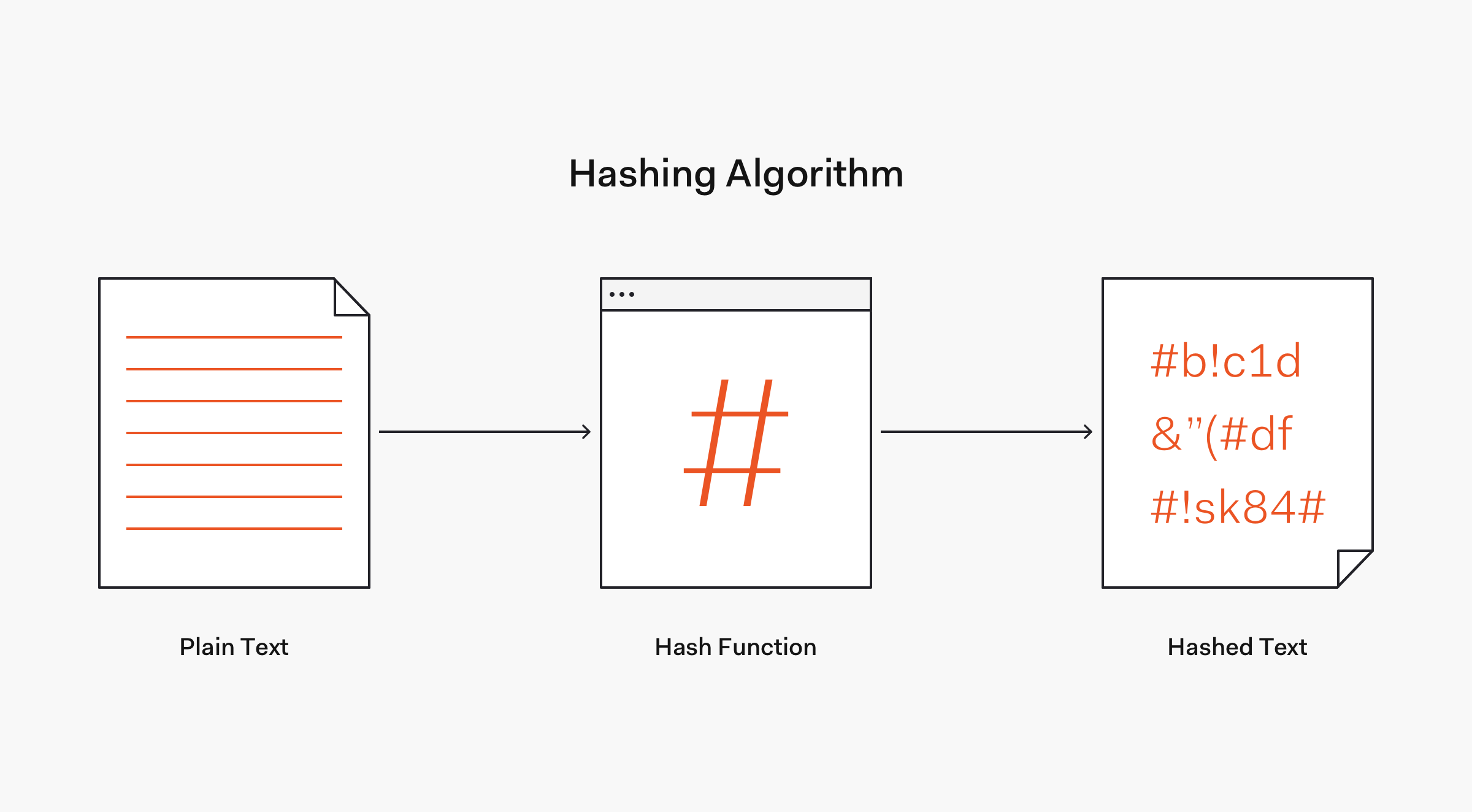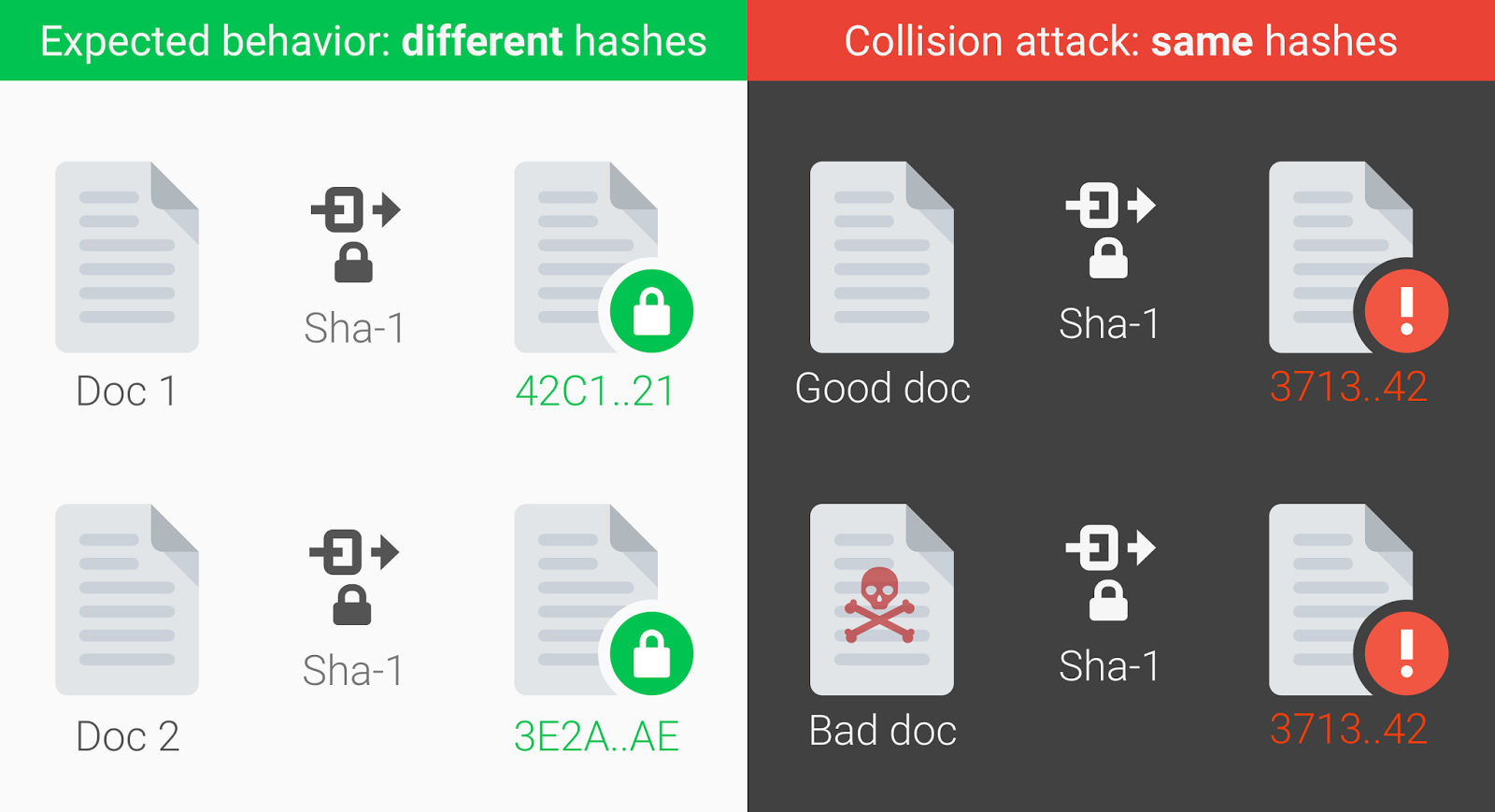Many password solutions simply are not good enough and put your data and resources at risk.
- Plain text passwords:
As its name infers, a plain text password makes use of only letters. Should a hacker gain access to passwords such as these, they can easily pose as a user on your system.
- One way hash
With a one-way hash password, a server does not store plain text passwords to authenticate a user. Here, a password has a hashing algorithm applied to it to make it more secure.
- ‘Salting’ the password
A ‘salt’ adds a very long string of bytes to the password. So even though a hacker might gain access to one-way hashed passwords, they should not be able to guess the ‘salt’ string.
- Random ‘salt’ for each user
This will increase encryption significantly as hackers will have to try to find a password for a single user at a time.
BCryptis based on the Blowfish block cipher cryptomatic algorithm and takes the form of an adaptive hash function.- Using a
Key Factor,BCryptis able to adjust the cost of hashing. With Key Factor changes, the hash output can be influenced. - This Key Factor will continue to be a key feature as computers become more powerful in the future.
- It compensates for these powerful computers and slows down hashing speed significantly.
- Ultimately slowing down the cracking process until it’s no longer a viable strategy.
A strong password storage strategy is critical to mitigating data breaches that put the reputation of any organization in danger. Hashing is the foundation of secure password storage.
-
Storing Passwords is Risky and Complex
- A simple approach to storing passwords is to create a table in our database that maps a username with a password.
- When a user logs in, the server gets a request for authentication with a payload that contains a username and a password.
- We look up the username in the table and compare the password provided with the password stored.
- A match gives the user access to the application.
-
What's Hashing About?
In cryptography, a hash function is a mathematical algorithm that maps data of any size to a bit string of a fixed size. We can refer to the function input as message or simply as input.
The fixed-size string function output is known as the hash or the message digest. As stated by OWASP, hash functions used in cryptography have the following key properties:
- It's easy and practical to compute the hash, but "difficult or impossible to re-generate the original input if only the hash value is known."
- It's difficult to create an initial input that would match a specific desired output.
- Cryptographic Hash Functions are Practically Irreversible
Hash functions behave as one-way functions by using mathematical operations that are extremely difficult and cumbersome to revert such as the modulo operator.
- A Small Change Has a Big Impact
from hashlib import sha256
h = sha256()
h.update(b'<STRING>')
hash = h.hexdigest()
print(hash)- Using Cryptographic Hashing for More Secure Password Storage
Whereas the transmission of the password should be encrypted, the password hash doesn't need to be encrypted at rest. When properly implemented, password hashing is cryptographically secure.
This implementation would involve the use of a salt to overcome the limitations of hash functions.
- Limitations of Hash Functions
The attacker could then either steal the cleartext password from the user through modern phishing and spoofing techniques or try a brute force attack where the attacker inputs random passwords into the hash function until a matching hash is found.
- No Need for Speed
A well-intended user won't have a noticeable performance impact when trying a single valid login.
- The core purpose of hashing is to create a fingerprint of data to assess data integrity.
- A hashing function takes arbitrary inputs and transforms them into outputs of a fixed length.
- To qualify as a cryptographic hash function, a hash function must be pre-image resistant and collision resistant.
- Due to rainbow tables, hashing alone is not sufficient to protect passwords for mass exploitation. To mitigate this attack vector, hashing must integrate the use of cryptographic salts.
- Password hashing is used to verify the integrity of your password, sent during login, against the stored hash so that your actual password never has to be stored.
- Not all cryptographic algorithms are suitable for the modern industry. At the time of this writing, MD5 and SHA-1 have been reported by Google as being vulnerable due to collisions. The SHA-2 family stands as a better option

